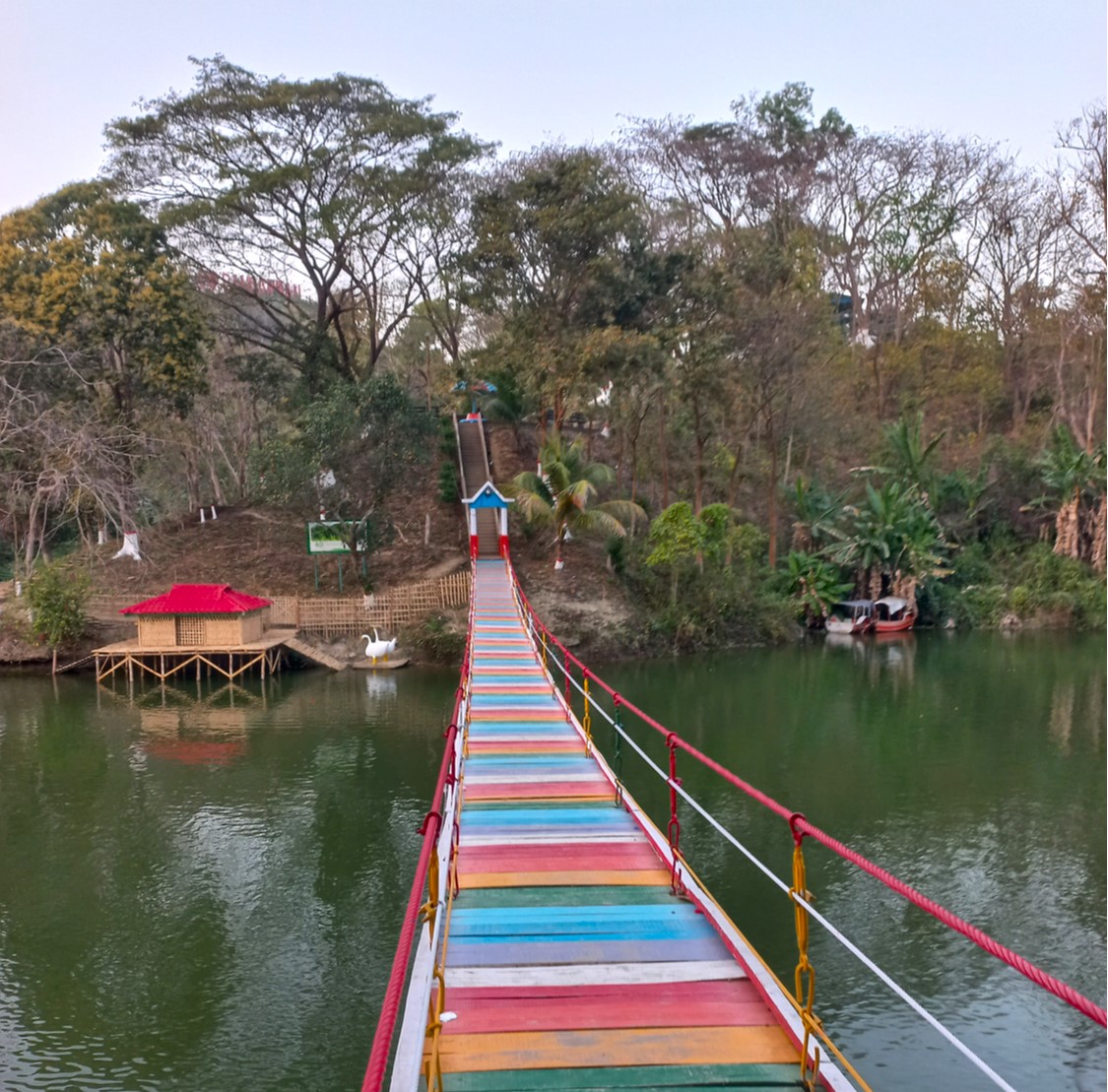Currently, the conversation about adopting a new constitution in Bangladesh is significant for at least two reasons. First, it provides an opportunity to understand fundamental concerns about the 1972 Constitution that remain unaddressed. Second, it allows us to envision a more inclusive and just society through a new constitution-making process. In this process, the existing constitution, which retains the values of the 1971 liberation war, should be approached with caution to avoid the risk of “throwing the baby out with the bathwater.” However, in drafting a new constitution, Bangladesh has an opportunity to prioritize the inclusion of Queer voices, such as hijra, who do not necessarily conform to normative gender and sexual identities and who have faced marginalization in heteronormative societies like Bangladesh.
Historically, the significance of gender and sexuality in the drafting of the Constitution of Bangladesh has been sidelined. The Constitutional Assembly debate in 1972 was dominated by (heterosexual) Bengali men. Out of the 34 members of the Constitution Drafting Committee, only one was a woman. While the question of gender equality in public life was briefly discussed, the committee did not seriously address gender equality in private matters.
As a result, the constitution’s equality provisions were limited in scope, focusing on achieving gender equality between men and women only in public life. For example, Article 28(2) of the constitution, which guarantees equality between men and women, takes men as the ultimate standard of equality, meaning women are expected to aspire to the rights men already possess in the context of state and public affairs. In other words, equality in the private sphere is not regulated by the constitution but is subject to religion-based personal laws. Consequently, one’s intimate and personal life—and its alignment with the constitutional principle of equality—remains overlooked.
At the same time, the Constitution of Bangladesh rests on a binary gender framework. Although the constitution speaks of equal protection for every person (see Article 27), its ideal subjects are cis-hetero individuals who identify with the gender binary, and it assumes that both men and women are heterosexual. Anyone deviating from this constitutional model of heterosexual subjecthood might not be able to enjoy certain constitutionally guaranteed rights.
For instance, the right to privacy is not extended to homosexual individuals, among others, in Bangladesh. This is evident from Section 377 of the Penal Code, 1860, a constitutionally dubious provision that criminalizes same-sex relationships and intimate acts. This provision treats such acts as unnatural and categorizes them using phrases like “against the order of nature,” equating them with bestiality. By criminalizing same-sex relationships between consenting adults, the law upholds societal perceptions of homosexuality as “disgusting” and enforces compulsory heterosexuality, which serves as a yardstick to assess so-called normal sexual behavior in a patriarchal society.
To address this historical marginalization while negotiating how a constitution shapes the lived experience of Queer communities and impacts their human rights, it is thus imperative to include communities like hijras in any process involving constitutional reforms. The structural system within which constitutional changes take place needs to be reimagined to accommodate diverse voices, including Queer ones. This approach would challenge the manner in which heteronormativity dictates who benefits from a rights-based constitutional order. It could start with the discussion of repressive sexual and gender norms and the extent to which they shape how Queer persons experience constitutional rights and freedom.
Equally important is challenging the gender binary based on the so-called “natural sexes” model of the constitution during the reformation process. Queer representation would allow the commission to rethink its approach to constitutional reforms vis-à-vis sexual and gender freedom. However, like any other element of a heteronormative society, law tends to be based on and to suffer from heterosexual biases, to which the gender binary remains fundamental. Including the voices of diverse gender and sexual communities can potentially correct the heteronormativity in the constitution-making process before it crystallizes into law. This shift would help prevent the endorsement of heteronormative values in the constitution and therefore put an end to the system that has excluded and oppressed Queer communities and individuals through unjust laws.
Note: A version of this article was originally published on October 25, 2024, by the Daily Star, a leading English daily in Bangladesh. While it is still available in print and in the e-paper version, the Daily Star removed it from its website on October 26 due to the societal backlash it generated.

